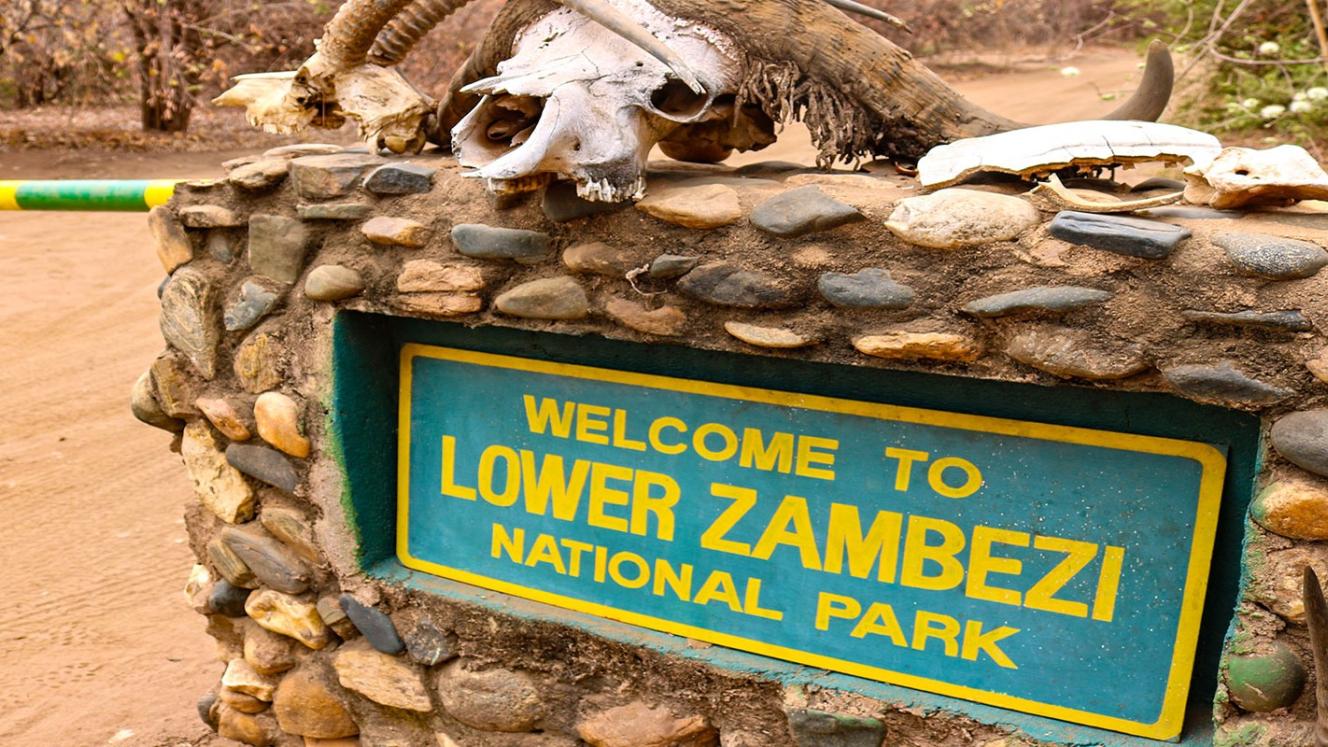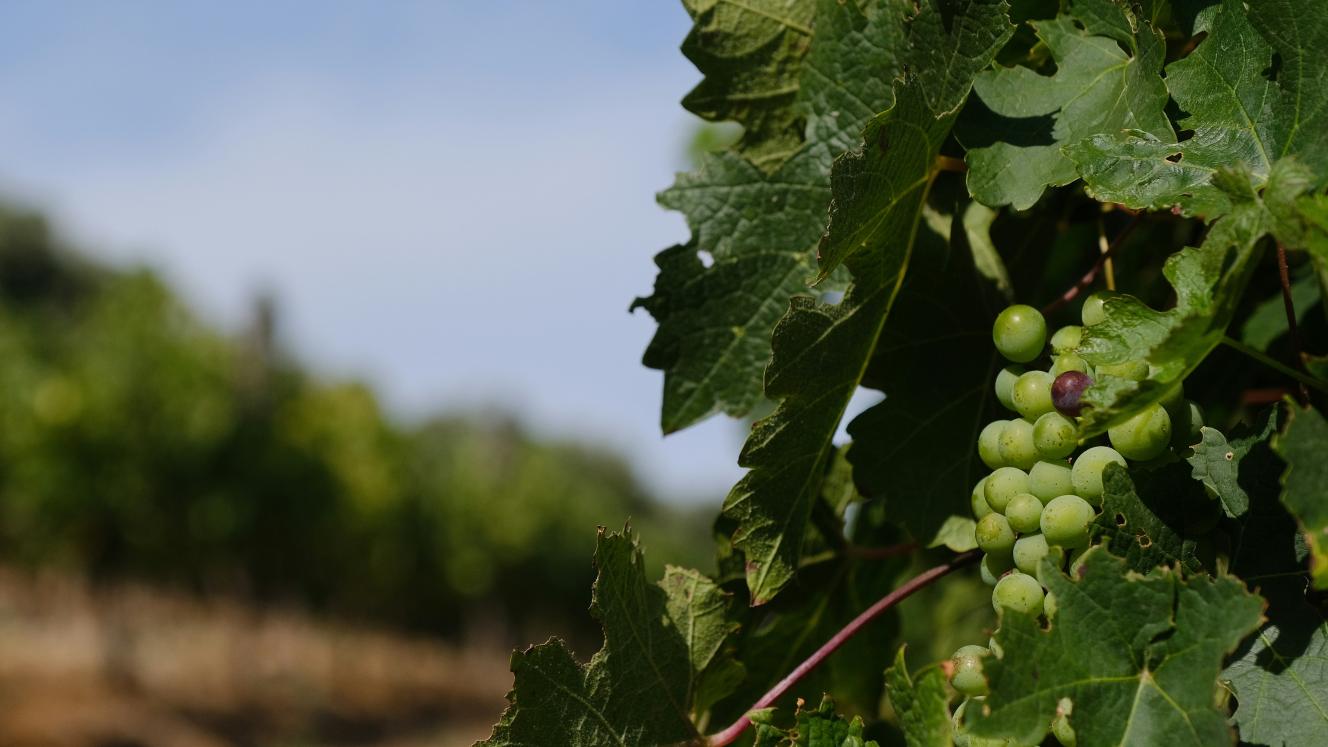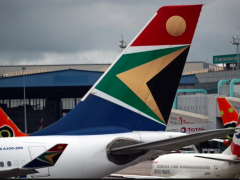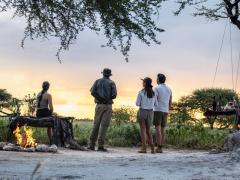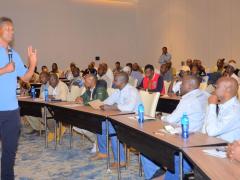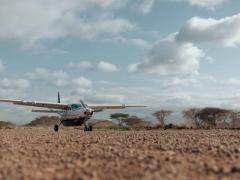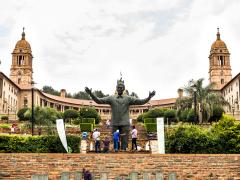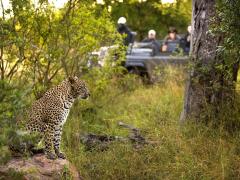In a bid to better integrate environmental data into national economic planning, Zambia is updating its Wildlife and Protected Areas Accounts (WPAA) under the Zambia Natural Capital Accounting Programme.
Zambia’s protected areas cover around 30% of the country’s land and include 20 national parks and 36 game management areas but limitations in data collection have made it difficult to capture their full economic value.
The updated WPAA aims to provide systematic data on tourism contributions, wildlife population trends, land-use change and conservation-related revenue. According to the government, the revised accounts will “track revenue flows from conservation fees, private-sector investments and economic benefits accrued by local communities”.
The programme is led by the Ministry of Green Economy and Environment, the Zambia Statistics Agency and the Department of National Parks and Wildlife with technical and financial support from the World Bank’s Global Program for Sustainability and the World Wide Fund for Nature.
Tourism remains a major contributor to Zambia’s GDP with nature-based tourism directly accounting for over 7% and supporting employment in areas surrounding protected regions such as the South Luangwa, Kafue and Lower Zambezi national parks. However, lack of consolidated data on visitor trends and tourism-linked employment has hindered the ability to craft effective growth policies.
The WPAA will also contribute to climate and land-use planning. It will inform Zambia’s 8th National Development Plan, National Climate Change Policy and the GREAT Transformational Development Programme, which focuses on sustainable land-use, biodiversity protection and economic diversification.
More than 1.5 million Zambians live in or near game management areas and depend on wildlife-related activities. The new accounting framework will assess benefit-sharing mechanisms and identify gaps that affect local participation in conservation and tourism.
The finalised WPAA, expected later in 2025, will include training, data integration and the development of tools to support informed decision-making across conservation and economic sectors.
